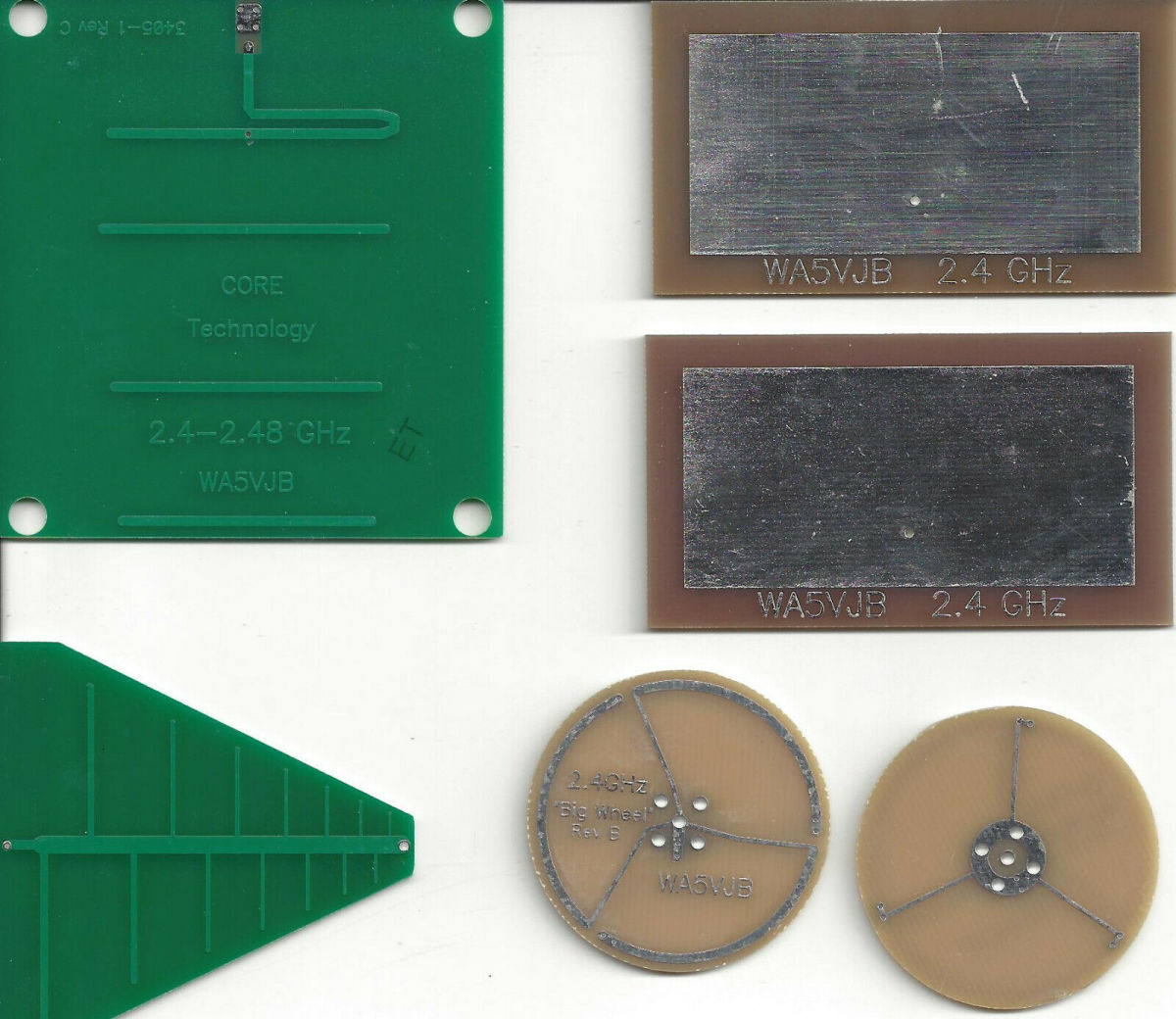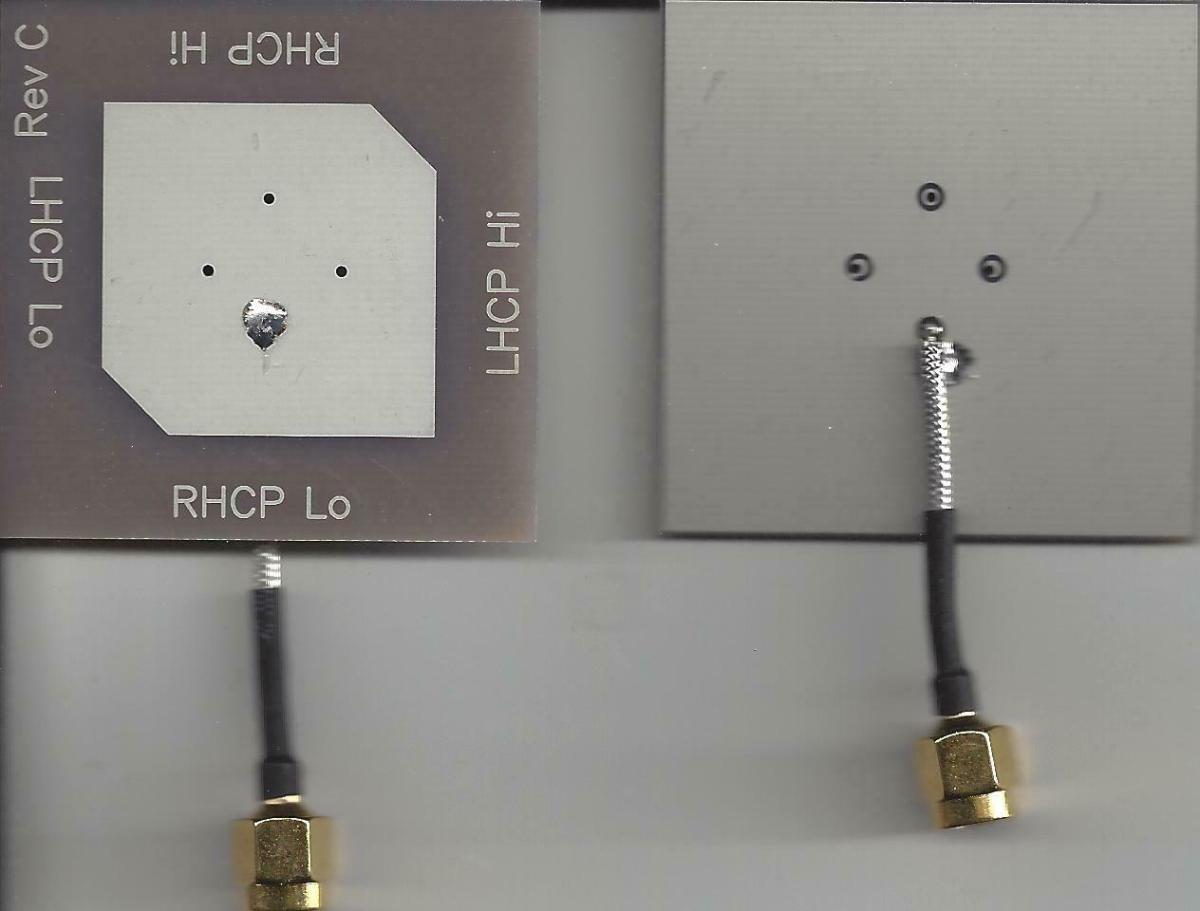Tamara Wilhite
How Can You Get It?
When the RF path changes, the signals fade up and down. This happens as you’re traveling over varied terrain or walking through your home. This means that when you have two antennas connected to two receivers plus a logic circuit, it should connect you to the one with the best signal. Another form of RF antenna diversity is having antennas located at different elevations and angles. This improves the odds any random signal is received. This can also be called spatial diversity or space diversity. You can see this when you observe antenna arrays installed at various levels of a radio or cell phone tower. A third form of RF antenna diversity is when you have multiple antennas, each of which is limited to a narrow frequency band. The signal generator may switch frequencies when it encounters interference. The 900 MHz antenna doesn’t interfere with the 1200 MHz antenna. This would be true even if they’re aimed in the same direction while sitting right next to each other.
What Are Other Ways This Diversity Is Achieved?
One approach is having antennas with different radiation patterns. A wheel or cloverleaf antenna will put out a signal in a torus shape, but you could put horn or log periodic antennas at a higher elevation that won’t interfere with that torus. You could also have multiple directional antennas located in such a way that they don’t interfere with each other. These could be log periodic antennas, horn antennas, or dish antennas. You can receive far more signals with less interference than if you tried to use a single big wheel antenna. Another option is having antennas with different polarizations. Some people simplify this process by having the antenna changing its signal pattern or polarization. You’d need a circularly polarized antenna able to switch between left and right circular polarizations to minimize interference. This is called pattern diversity.
What Are Some Practical Examples of RF Antenna Diversity?
Cell towers typically have 4 antenna/receivers listing to your cell phone and using the best signal. The idea is that when one fades, there is a good chance the second antenna in a different spot still has a signal. This reduces the rate of dropped calls and improves reception. For the service provider, RF antenna diversity improves customer satisfaction at relatively little cost, since it is cheaper to add more antennas to an existing tower than build another tower. Tamara Wilhite If you have multiple antennas, each with their own narrow frequency range, you minimize interference. A practical example of this is use is when your router jumps from 2.4 GHz to 5.8 GHz when the wireless gaming console controller interferes with it. This prevents interference that you’re likely to see if your system tries to time data bursts but isn’t successful in being completely out of phase with other signals being sent. (This is called time diversity.)
What Are the Downsides?
The most obvious issue is the additional RF hardware required. You have to install multiple antennas to get RF antenna diversity. Furthermore, you need additional signal processing hardware and system integration. This additional infrastructure is one of the reasons behind the popularity of software-defined radio.
How Does Antenna Diversity Relate to Software-Defined Radio?
Antenna diversity in theory means you have several antennas receiving the same signal, and the signal processor decides which one to work with. Software-defined radio or SDR systems could receive several signals at once and process all of them.
How Do Software-Defined Antennas Relate to Antenna Diversity?
Software-defined antennas can be used as receiving antennas in cell phone towers and other applications. And a software-defined antenna could adjust to receive the best signal among several that are being received, assuming they’re on different frequencies. Or you could use a software-defined antenna to determine the best signal to broadcast on so that your signal is received by others. This content is accurate and true to the best of the author’s knowledge and is not meant to substitute for formal and individualized advice from a qualified professional. © 2020 Tamara Wilhite

